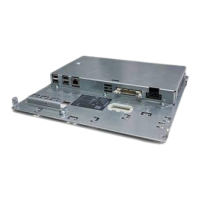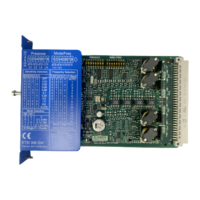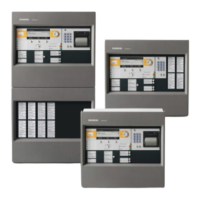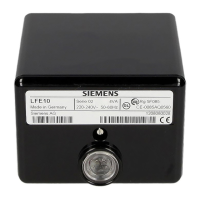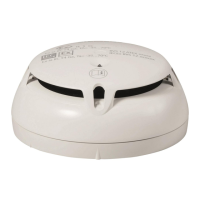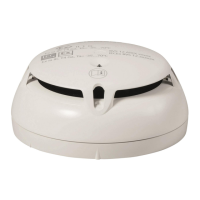Product-specific information
2.3 Guidelines for inductive loads
Modular Safety System 3RK3
System Manual, 10/2008, 926 2530-02 DS 02
17
DC outputs and relays that control DC loads
The DC outputs are equipped with an internal protection system that is suitable for most
applications. Since the relay can be used for a DC or AC load, an internal protection system
is not provided.
This diagram shows an example of a protective
circuit for a DC load. In most applications, a diode
(A) can be used in parallel with the inductive load.
If your application requires more rapid shutdown
times, however, a Zener diode (B) is
recommended. Rate the Zener diode in
accordance with the current in the output circuit.
Example:
protective circuit for a DC load
2XWSXW
,QGXFWLYH'&ORDG
%RSWLRQDO$
AC outputs and relays that control AC loads
The AC outputs are equipped with an internal protection system that is suitable for most
applications. Since the relay can be used for a DC or AC load, an internal protection system
is not provided.
The diagrams show examples of protective
circuits for AC loads. If you connect loads of 115
V / 230 V AC with a relay or an AC output,
arrange the resistive/capacitor networks in
parallel with the AC loads (see above). You can
also limit the peak voltage with a metal-oxide
varistor (MOV) (see below). Ensure that the
working voltage of the varistor is at least 20%
higher than the rated voltage.
Example:
protective circuit for an AC load
,QGXFWLYH$&ORDG
2XWSXW
,QGXFWLYH$&ORDG
2XWSXW
029
WARNING
Hazardous Voltage.
Can Cause Death, Serious Injury, or Property Damage.
When you connect inductive AC loads with relay expansion modules, the external
resistor/capacitor protective circuit must be arranged in parallel with the AC load to prevent
the machine/process from starting unexpectedly.
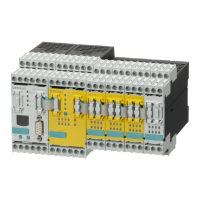
